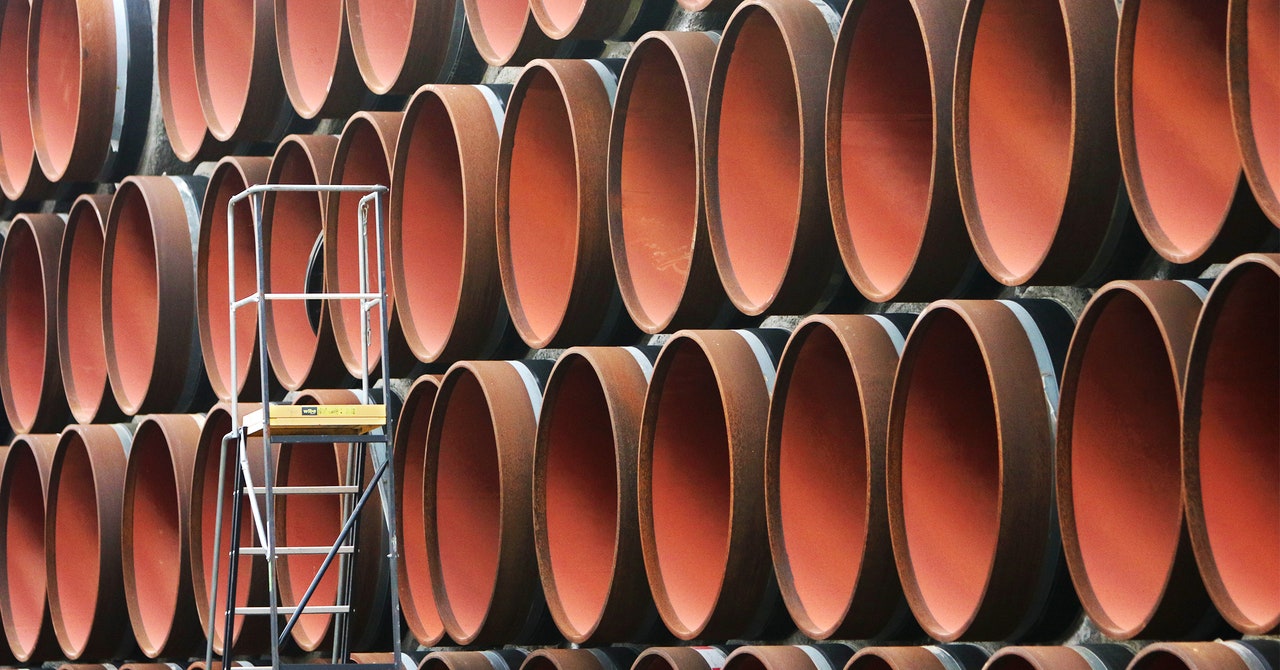When the $11 billion Nord Stream 2 project was announced in 2015, it promised a brave new energy future for Europe. Traversing under the Baltic Sea from western Siberia to make land in Germany, it assured Germany — and the tight-knit European energy market, allowing natural gas supplies to cross borders with ease — a guaranteed supply. Nord Stream 2 was built to bypass Ukraine, in a move designed by Russia to put economic pressure on the country after a partial invasion of the east of the country in 2014. Russia’s gas supply contracts through Ukraine are to be renewed in 2024, and Russia seems willing to dump them, and supply the country in full. It wouldn’t be anything new for Russia, that has… long used his position as the world’s energy supplier to threaten other countries.
But political expediency – and the need to ensure a steady gas supply – trumped geopolitics and the protection of Ukraine’s sovereignty. Domestic gas production in Europe declined – falling by 9 percent between 2014 and 2015, according to the European Commission – and the continent acknowledged that it needed to become more dependent on Russian gas imports. The project went ahead and in the intervening seven years the huge pipeline under the Baltic Sea was constructed.
It all turned out to be a waste of time and money. Ahead of the all-out Russian invasion of Ukraine launched in the early hours of February 24, plans for Nord Stream 2 have been shelved. The big question is what that means for Europe’s energy security. “This is an inflection point,” said Thierry Bros, a professor at Sciences Po, a university in Paris. “The crisis is a good wake-up call for Europe and its naivety.” It is also a blow to Russia, which relies on gas and oil revenues to support its own economy and, by extension, its war effort.
At its peak, the 1,230-kilometer pipeline could supply 55 billion cubic meters of gas per year, one-tenth of Europe’s gas consumption in 2021 alone. In the second quarter of 2021, the last period for which data from the European Commission is available, Russia accounted for almost half of Europe’s gas imports, and Nord Stream, the twin predecessor of Nord Stream 2, was the main supply route for pipelines. gas to the EU. And gas imports are vital for Europe: The continent imports three times as much gas as it exports, and twice as much as it produces domestically, according to data from the International Energy Agency (IEA).
On February 22, Germany halted the process of certification of the pipeline, an important part of the process of commissioning it. A day later, the United States announced sanctions against the company overseeing the Nord Stream 2 project, as well as against its leadership. German Foreign Minister Annalena Baerbock said on February 23 that canceling the Nord Stream 2 agreement, which would have boosted Europe’s energy security, was a difficult decision. But it was important. “For us as a German government, it was important to show that for a free and democratic Ukraine, we are also prepared to accept consequences for our national economy,” she said. told reporters† “Peace and freedom in Europe have no price tag.”
While Baerbock said peace and freedom have no price tag, former Russian President Dmitry Medvedev was more than happy to rate the cost of shutting down Nord Stream 2: “Welcome to the brave new world where Europeans will very soon pay €2,000 ( $2,225) for 1,000 cubic meters of natural gas,” he tweeted† European gas prices rose 12.7 percent the next day to €927 ($1,030) per 1,000 cubic metres.

